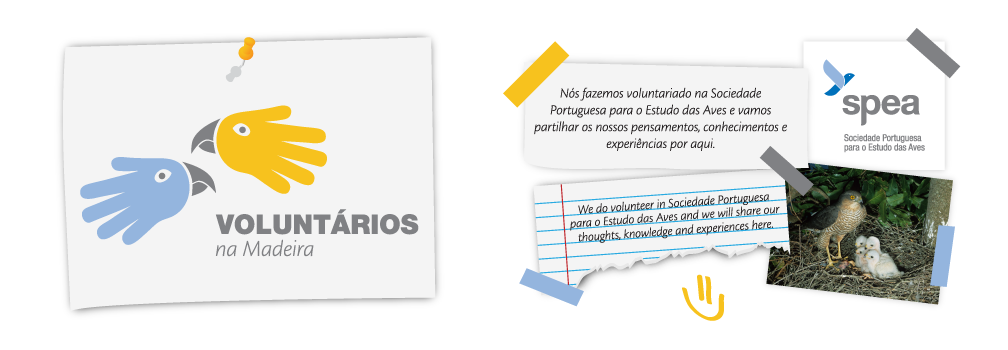Last Friday
23, we went to the Pico do Areeiro to carry out one of the most popular
activities of SPEA Madeira, listening to the Freira-da-Madeira. This activity
is carried out with the aim of revealing the nesting habitat of one of the most
threatened birds in Europe, the Freira-da-Madeira, which nests in Pico do
Areeiro.
The visit
began at the reception center of the Madeira Freira, where Laura explained the
ecological characteristics of the Freira, and also told us a bit about the
history of the conservation project being carried out with this specie.
Once all
the participants knew more about this specie, we started our walk to the
listening area, along the way we enjoyed one of the best sunsets that can be
seen all over the island.
When we arrived at our destination, we settled down waiting for it to be closed night, so that these birds made their traditional nocturnal return to the nest.
When we arrived at our destination, we settled down waiting for it to be closed night, so that these birds made their traditional nocturnal return to the nest.
Suddenly an
isolated sound broke the silence, it was an individual of Madeira's Freira,
once heard the first individual every few seconds/minutes a series of songs of
the Freira happened, the song of this species is difficult to explain.
Once the
majority of individuals had returned to the nest, we decided to return home, it
is certainly a 100% recommendable activity for all nature lovers, not only for
expanding our knowledge of one of the most threatened birds in Europe , If not,
also for enjoying it in a privileged environment such as Pico do Areeiro.
---------------------------------------------------------------------------------------------------------------------------
Na sexta-feira
23, fomos para o Pico do Areeiro para fazer uma das atividades mais populares
de SPEA Madeira, ouvindo a Freira da Madeira. Esta atividade pretende dar a conhecer o
habitat de nidificação de uma das aves mais ameaçadas da Europa – a
freira-da-madeira.
A
visita teve lugar no centro de receção da Freira-da-madeira onde Laura
explicou-nos a ecológia da freira, e
também falou sobre a história do projeto de conservação realizado com esta
espécie.
Uma vez que todos
os participantes sabiam mais sobre esta espécie, começamos nossa caminhada para
a área de audição, com um dos melhores pores do sol que podem ser vistos por
toda a ilha. Quando chegamos ao nosso destino, nós esperamos a chegada das aves
ao ninho.
De repente, um
som isolado quebrou o silêncio, era uma Freira-da-Madeira, uma vez que ouvi o
primeiro, cara a cada poucos segundos / minutos uma série de cumes Freira
seguiram, o som é difícil de explicar, mas são conhecidas como “as
Almas-penadas do Cidrão”.
Uma vez que a
maioria das Freiras voltarom para o ninho, decidimos ir para casa. Certamente é
uma atividade 100% recomendado para todos os amantes da natureza, não só para
expandir nosso conhecimento de uma das aves mais ameaçadas da Europa se não
também para disfrutar o Pico da noite.























































